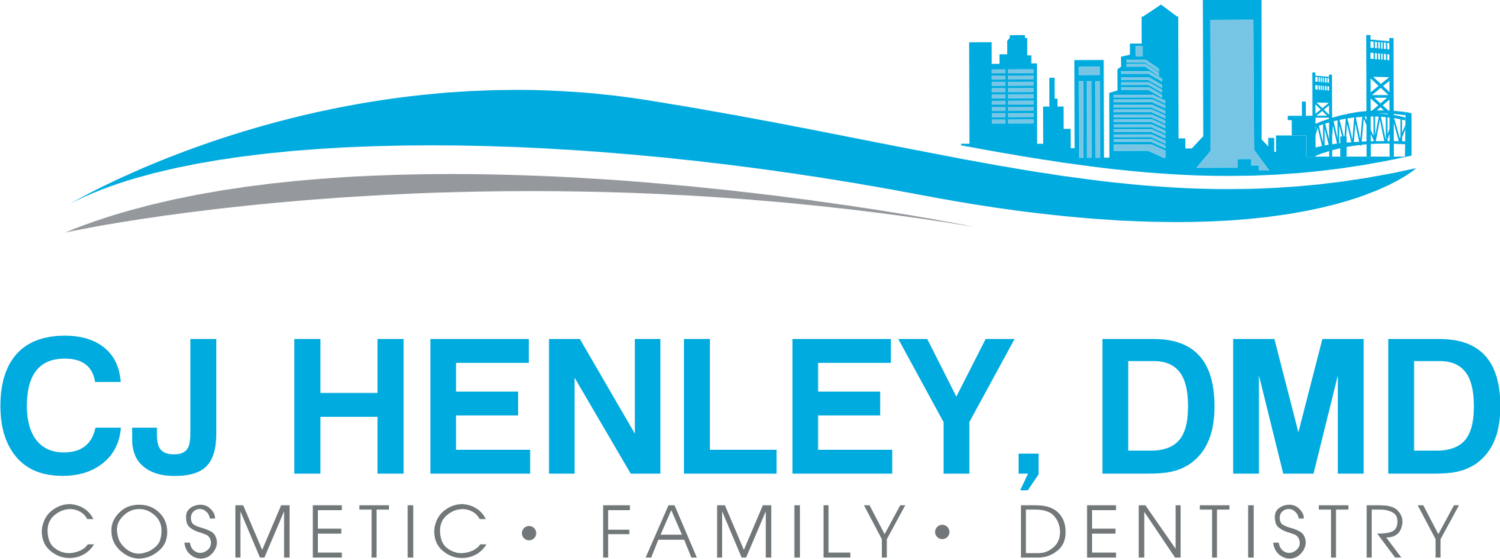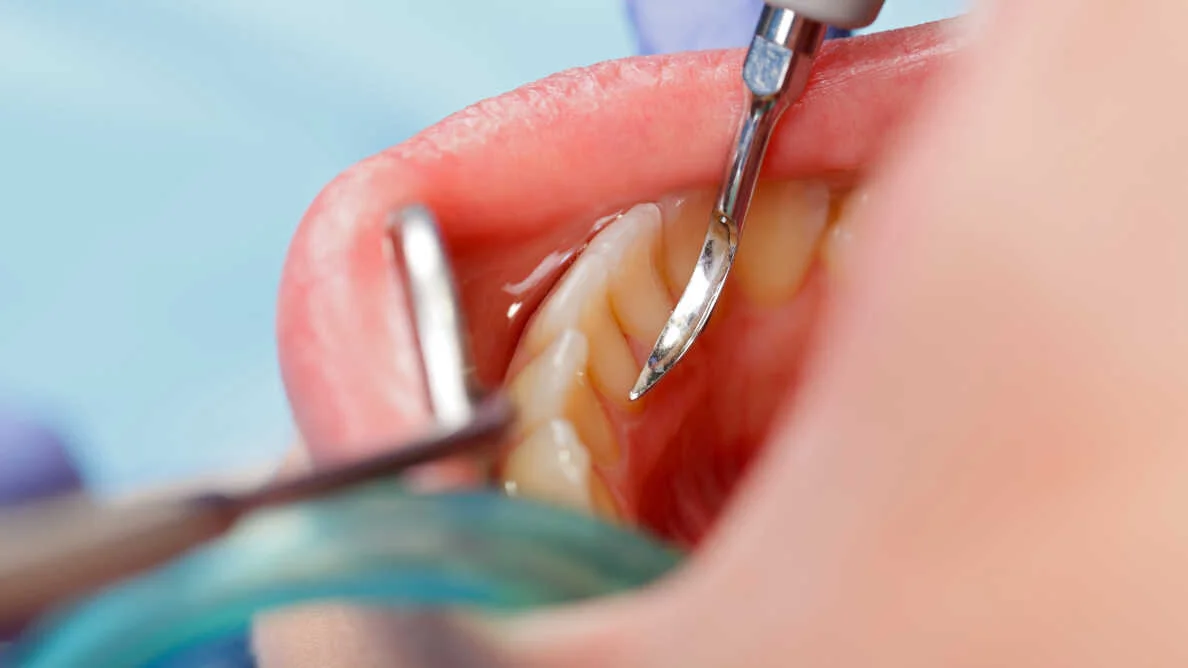HONG KONG, China/BERKELEY, Calif., US: A study led by researchers in China has recently examined the impact of the oral microbiota on overall health. The researchers found that a novel microbial small molecule released by Streptococcus mutans, a bacterium commonly found in the human oral cavity, is linked to dental caries development. With its new insights, the study could help scientists undertaking new research to find a way to prevent dental caries.
Dental caries is an age-old dilemma that continues to pose a threat to our oral and overall health. According to the World Health Organization, approximately 2.3 billion people suffer from caries of permanent teeth, and more than 530 millionchildren suffer from caries of primary teeth globally. The organisation also noted that the prevalence of oral disease continues to increase in most low- and middle-income countries, where the population is increasingly shifting to urban areas and experiencing changes in living conditions.
Dental Tribune International (DTI) has previously reported that taking some unusual measures, such as eating Chinese pickles or berry extract or using dual-light photodynamic therapy, could help prevent the disease. But how much do we know about the actual culprit behind dental caries?
In the present study, the researchers examined biofilm formation by a bacterium S. mutans, which produces organic acids and is one of the main causes of dental caries. “S. mutans has long been recognised as one of the major oral pathogens, and genomic sequencing of various clinical isolates has revealed a great potential to produce specialised secondary metabolites,” co-author Dr Wenjun Zhang, associate professor in the Department of Chemical and Biomolecular Engineering at the University of California, Berkeley, told DTI.
Although scientists have previously extensively investigated the macromolecular agents of S. mutans that are responsible for biofilm formation and development, the identity and function of small-molecule secondary metabolites in biofilm formation by S. mutans remains largely unknown. Therefore, the researchers aimed to fill this gap.
“I have been studying the interaction of marine natural biofilm and marine animals for many years. As such interaction is often mediated via chemical molecules produced by microbes in biofilm, one of our efforts is to identify the molecules that affect biofilm development as well as the animals’ response,” explained co-author Dr Peiyuan Qian, head and chair professor of the Department of Ocean Science at the Hong Kong University of Science and Technology.
“Over the last ten years, we have been using genome mining-based compound discovery to identify chemical signals from microbes and we have made some breakthroughs, such as identifying genotoxins (colibactins) from E. coli, developing new antibiotics and finding new drug leads,” he continued.
“If we can prevent biofilm-forming bacteria from producing the relevant molecules, we can prevent the formation of dental plaque”
— Dr Peiyuan Qian, HKUST
Owing to a common interest in the molecular mechanisms of biofilm development, Qian and his team has been working closely with Zhang over the last few years. As he explained, the collaboration was a logical step. “It is a natural extension of our work to go from marine natural biofilm to biofilm associated with human health,” he explained.
In the course of their study, the researchers identified five molecules and a biosynthetic pathway gene cluster. According to the findings, one of the molecules was found to latch onto S. mutans and reduced the bacterial cells’ attraction to water molecules, thus promoting the cells’ ability to form clumps. “We discovered that some isolates of S. mutans are capable of producing a specialised metabolite, mutanofactin-697. This molecule binds to S. mutans cells and also to extracellular DNA, increases bacterial hydrophobicity, and promotes bacterial adhesion and subsequent biofilm formation,” Zhang explained.
Talking about the importance of the findings, Qian explained that the study could greatly contribute to the prevention of dental caries. He noted: “Bacteria sheltered in a biofilm in the dental plaque can unleash large amounts of acid that attack tooth enamel. If we can prevent biofilm-forming bacteria from producing the relevant molecules, we can prevent the formation of dental plaque.”

